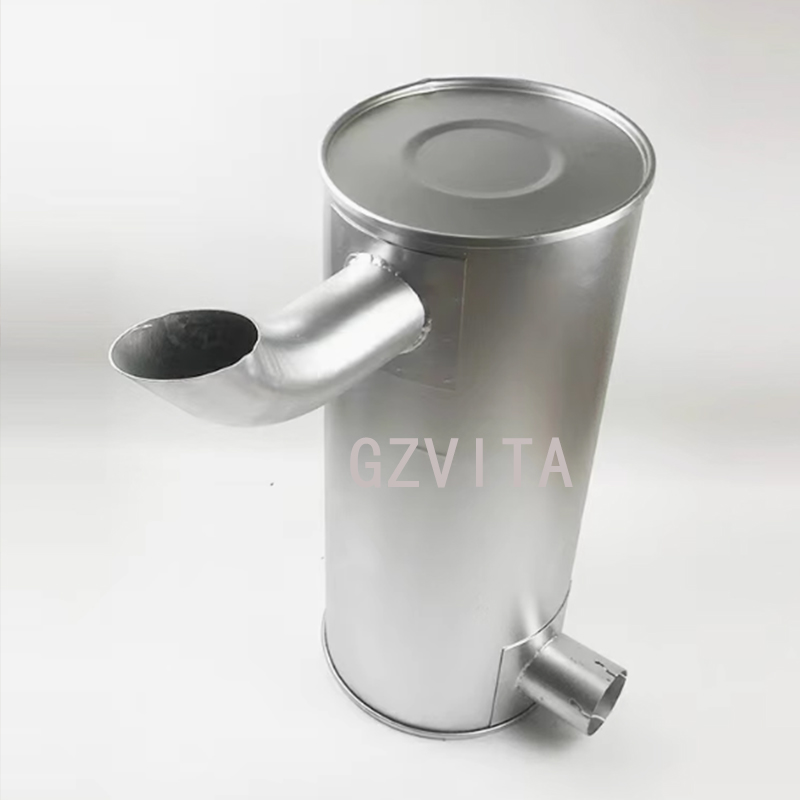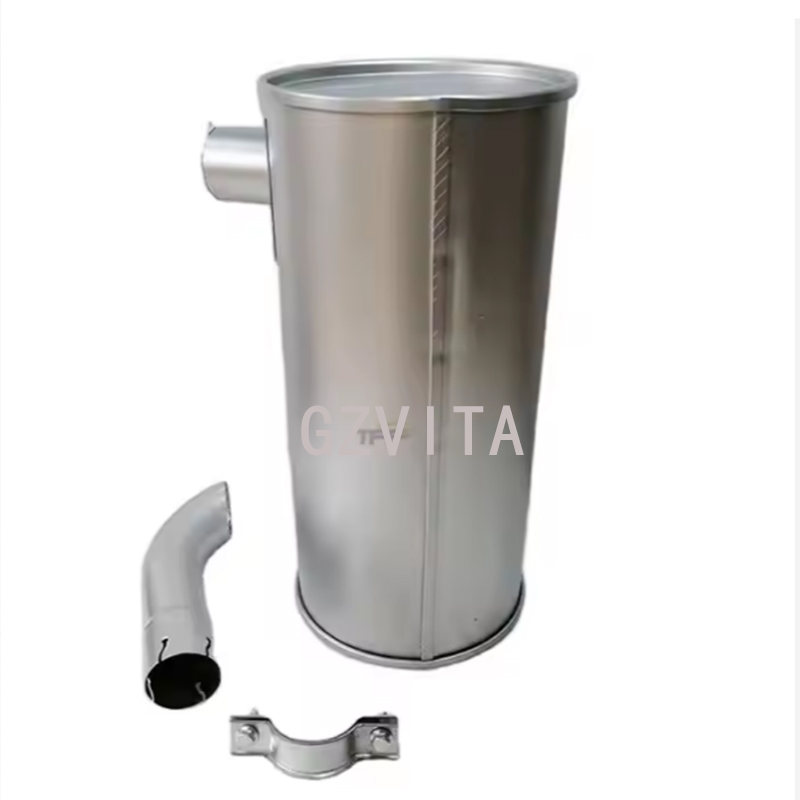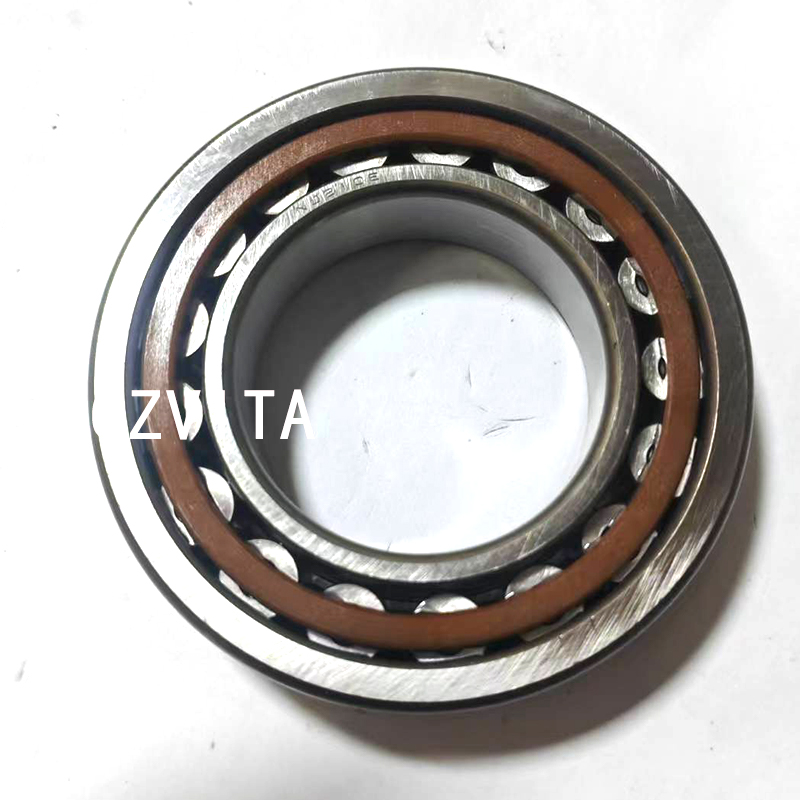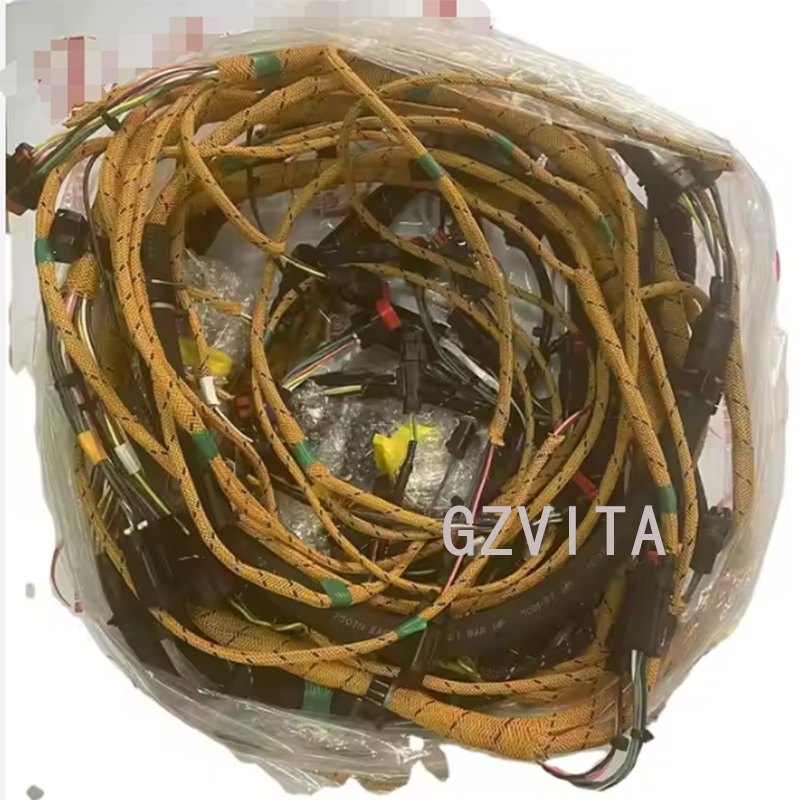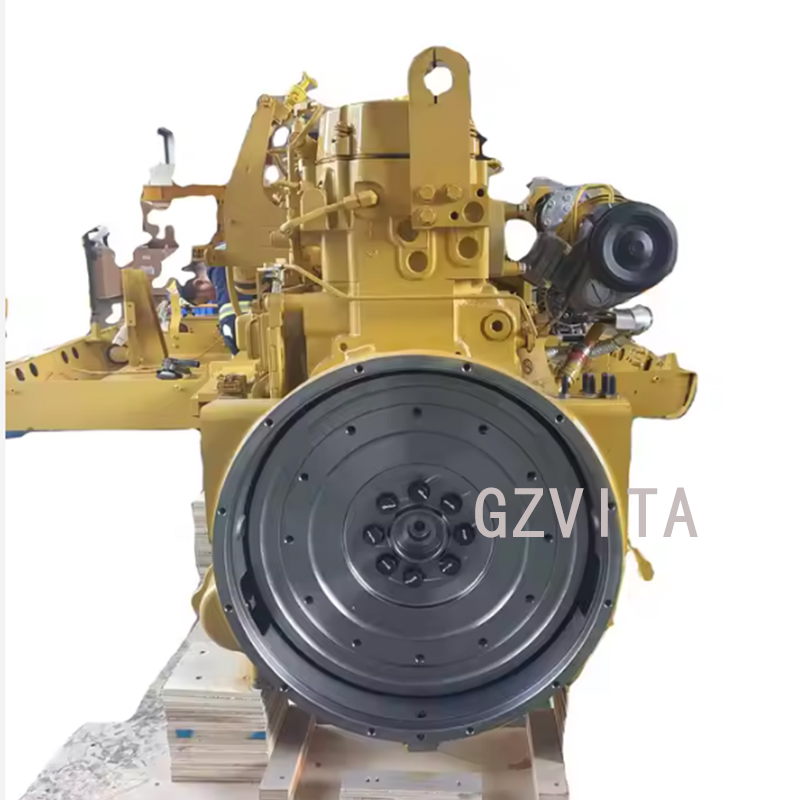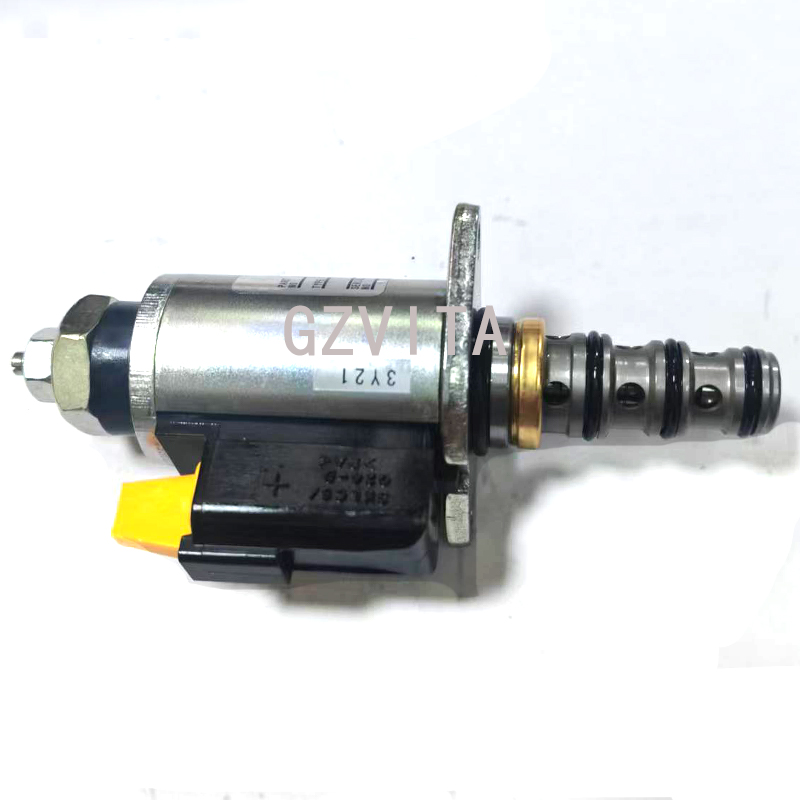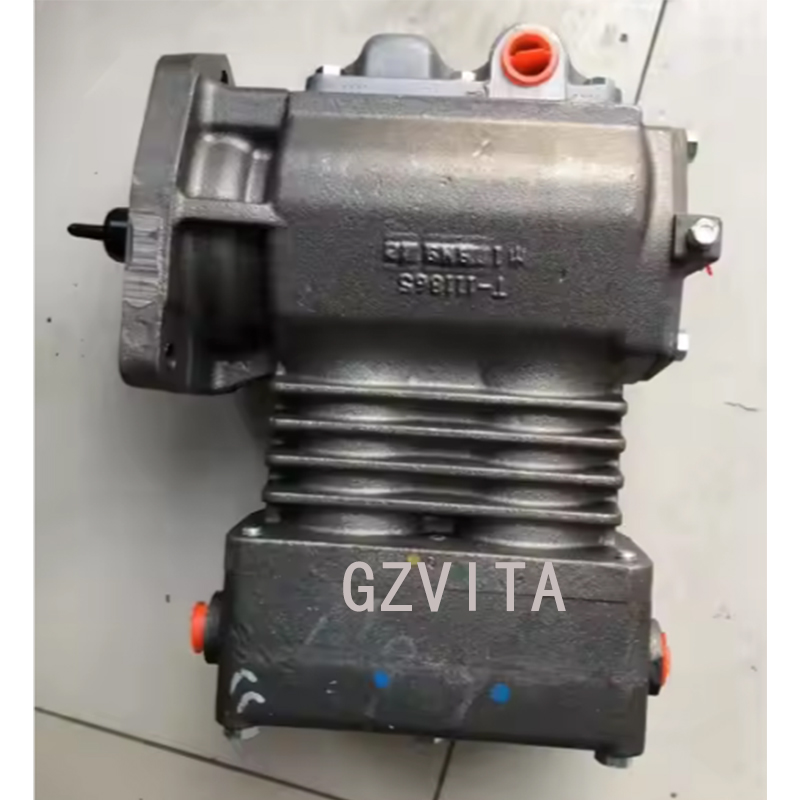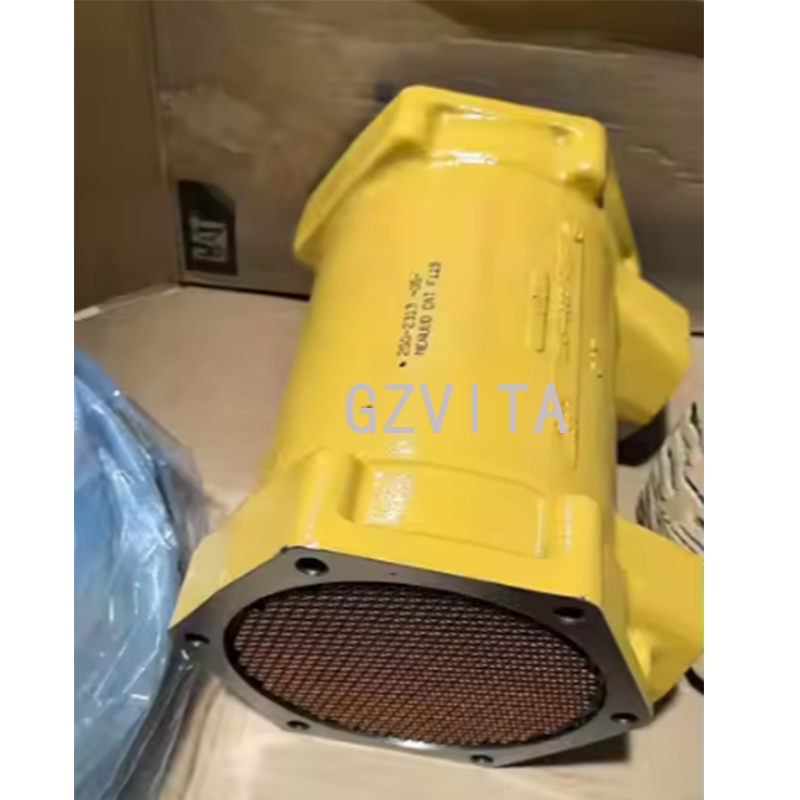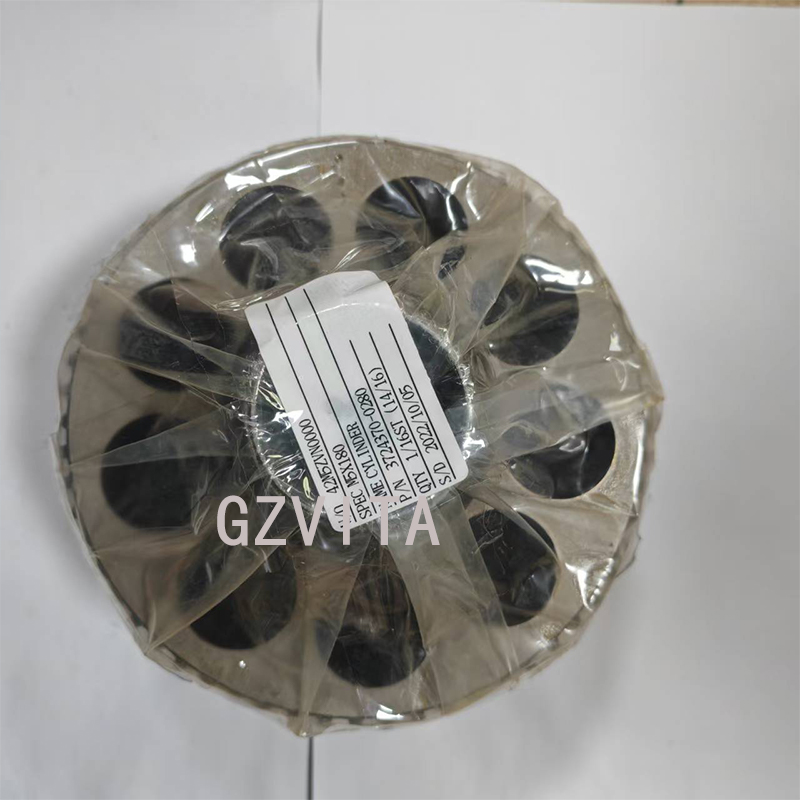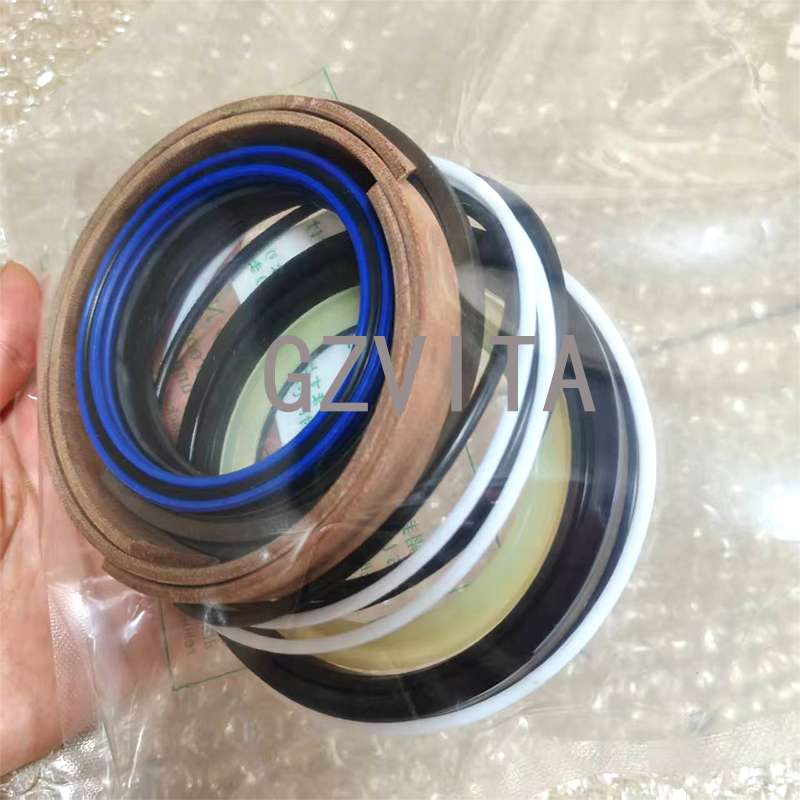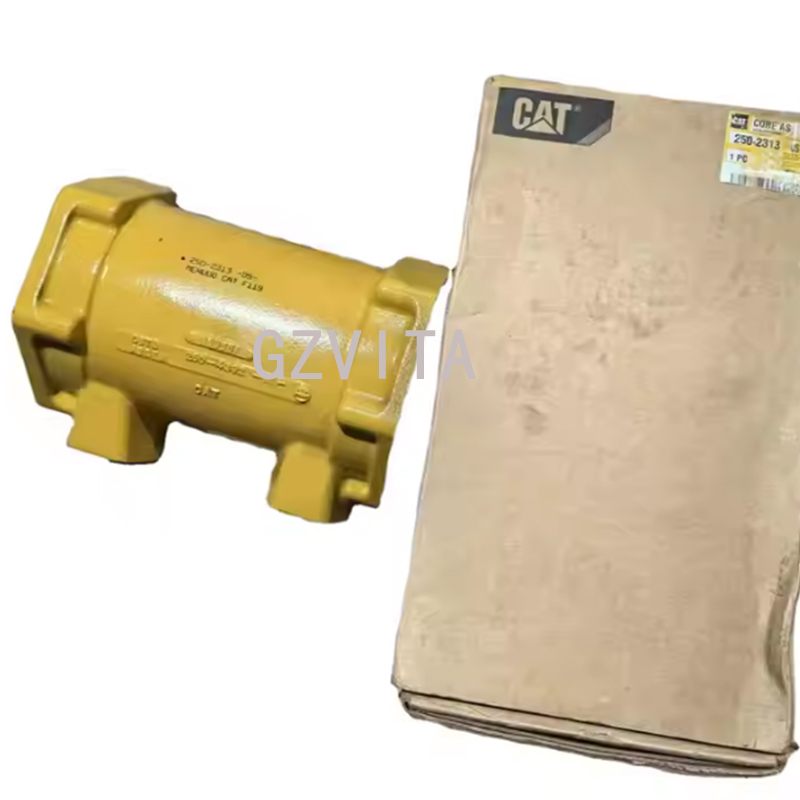 +86 13794985240
+86 13794985240
250-2313 Oil Cooler Core Assembly For Grader 14M 16M 2502313
Introduction to Oil Cooler Core Assembly for Motor Grader 14M and 16M
The oil cooler core assembly is a vital component in the hydraulic and engine cooling systems of motor graders, such as the Caterpillar 14M and 16M models. This assembly plays a crucial role in maintaining optimal operating temperatures, ensuring the efficient performance and longevity of the machine.
Key Functions of the Oil Cooler Core Assembly
Heat Exchange: The primary function of the oil cooler core is to dissipate heat from the hydraulic fluid and engine oil. As the oil circulates through the system, it absorbs heat generated by the engine and hydraulic components. The oil cooler core uses air or coolant to lower the temperature of the oil before it re-enters the system.
Preventing Overheating: By effectively cooling the oil, the cooler core helps prevent overheating, which can lead to reduced performance, increased wear and tear, and potential damage to engine and hydraulic components.
Maintaining Viscosity: Proper oil temperature is essential for maintaining the viscosity of the oil. If the oil becomes too hot, it can thin out, leading to inadequate lubrication and increased friction. The oil cooler core helps maintain the oil at an optimal temperature, ensuring proper lubrication.
Design and Construction
Material: Oil cooler cores are typically constructed from high-quality materials such as aluminum or copper, which provide excellent thermal conductivity and resistance to corrosion.
Configuration: The design may include multiple passages and fins to maximize the surface area for heat exchange, allowing for efficient cooling of the oil as it flows through the core.
Integration: The oil cooler core assembly is integrated into the overall cooling system of the motor grader, often positioned in a location where it can effectively utilize airflow, such as near the radiator or in the path of the machine’s movement.
Maintenance and Care
Regular Inspections: It is essential to regularly inspect the oil cooler core for signs of damage, leaks, or blockages. Any issues should be addressed promptly to prevent overheating and potential system failures.
Cleaning: Dust, dirt, and debris can accumulate on the cooler’s exterior, reducing its efficiency. Regular cleaning of the cooler core can help maintain optimal airflow and cooling performance.
Fluid Quality: Ensuring that the hydraulic fluid and engine oil are of high quality and at the correct levels is crucial for the effective operation of the oil cooler core. Contaminated or degraded fluids can hinder cooling performance.



